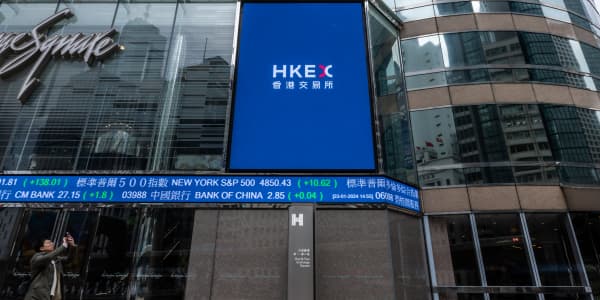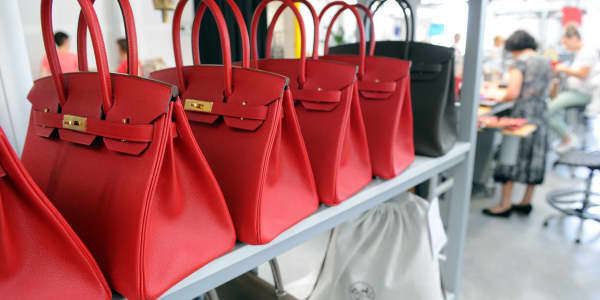Italy's commercial property market is posing an acute investment opportunity, one fund manager told CNBC. But you'll need to hurry up as the chance for returns looks set to disappear by the end of the year.
Joel Wells, a portfolio manager at Alpine Funds — a New York asset manager with $4 billion under management — said property market conditions in Italy were mirroring those seen in Spain and Ireland after the global financial crisis: where rental prices troughed, asset yields dropped and credit dried up.
In Italy, some investors seem to have caught on to the cycle signals early. Wells explained that sovereign wealth funds and private groups like Blackstone and Oaktree were already pouring capital into Italy's commercial market, and now, the window of opportunity is likely to close by year-end.
"It's fast-moving, you are going to blink and there will be three publicly listed (property) companies in Italy, drawing the interest of global capital. It's an interesting time," Wells told CNBC in a phone interview.
Bruno Berretta, a senior research analyst for EMEA at commercial real estate group Colliers International, agreed, adding that improving economic data was proving to be a boon for the market.
"The last economic indicators were quite positive, sentiment is definitely improving, and employment is inching up slowly. There's a lot to be optimistic about on Italy," he explained.
Berretta pointed to Real Capital Analytics (RCA) data, which provides commercial property price indices, as proof of the trend.
Between the first and third quarters of 2015, Italy saw real estate investment volumes increase by 107 percent to nearly 6.9 billion euros ($7.4 billion). And while that figure includes residential property, it only accounted for 3 percent of that total: office space made up 50 percent, retail about 30 percent, industrial space around 7 percent and hotels at 9 percent.
"This is the largest increase among the larger European property markets," Berretta explained.
Portugal posted a 640 percent rise over the same period, but totaled only 1.9 billion euros ($2 billion). Denmark saw similar increases by the end of the third quarter of this year with volumes up 97 percent to 3 billion euros ($3.2 billion). The United Kingdom topped the volumes table with 67.3 billion euros ($7.2 billion), but only clocked a 32 percent increase during the first three quarters of 2015.
"(In Italy) you have banks having to shed assets, pension and insurance funds having to redistribute capital— there are sellers in the market, but there haven't been well-capitalized buyers. That is changing," Wells said.
Most foreign capital is coming from the U.S., Wells explained. RCA data puts American investment volumes at 1.7 billion euros ($1.8 billion) for the year to date, followed closely behind by France at 1.6 billion euros ($1.7 billion) and Qatar at 1.5 billion euros ($1.6 billion).
Most of that cash is making its way to Milan and Rome, with Milan business district office in high demand, as well as property in government office portfolios, Berretta said.
High street retail space in Milan and Rome have garnered interest but shop fronts in regional shopping centers were also proving popular. He added that warehouse and logistics space were looking less important, with those transaction mostly taking place in Northern Italy.
"It's difficult to know entirely what the asset levels really look like and how much pent up supply is there in the system." Wells explained, saying that much is still hidden in the portfolios of banks, pensions and insurance funds.
"But we still see enough to have a high conviction here," Wells said.





